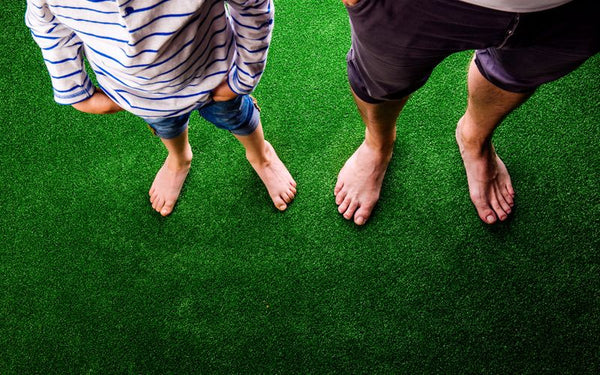Uneven colors, brown spots, and high temperatures of the lawn are signs of artificial turf melting. It happens when the fake grass has reached its melting point. Patchiness and shrinkage start to appear until there is nothing left if abandoned. The question is – what causes it to reach the melting point of artificial turf?
Factors That Trigger Your Plastic Grass to Disintegrate
There are several reasons why you are dealing with artificial turf melting damage. One reason could be your polished gutters. During the rainy or winter season, the drain prevents the water from entering the house. It works like a funnel so that it will fall straight to the ground.
However, it could cause synthetic turf melting. If the gutter is shiny, it re-emits the heat and transmits it on your fake lawn. As a result, it causes your plastic grass to disintegrate.
Nonetheless, the primary reason why your turf is melting out is your Low-E windows. Energy-efficient windows use a special coating that reflects the heat away from your house. Its purpose is to keep the room cool during summer and warm in winter. However, this affects your fake field.
When the sun reaches the Low-E glass, it intensifies the heat and concentrates it on your lawn. As a result, it melts your plastic grass.
How to Stop Turf Damage
Fortunately, there are three ways to prevent artificial turf melting. You can grow trees in your yard, install an awning, or use perforated window films.
- Planting trees – the leaves and branches of these plants hinder the sunlight from reaching the window. Hence, it prevents creating reflected heat and melting out in the turf. However, you need to plant these trees where the hot temperature strikes the most. Otherwise, you will not get the protection that you need.
- Installing awnings – awnings also block the sunlight from reaching the Low-E windows. They also alleviate the heat. However, since these materials obstruct the light, they make the house interior dark.
- Applying perforated window film – this solution stops melting out in turf grass. It has anti-glare properties that refract off the sunbeam. Furthermore, it spreads out the heat in all areas of the field. That way, each area will get equal amounts of temperature.










